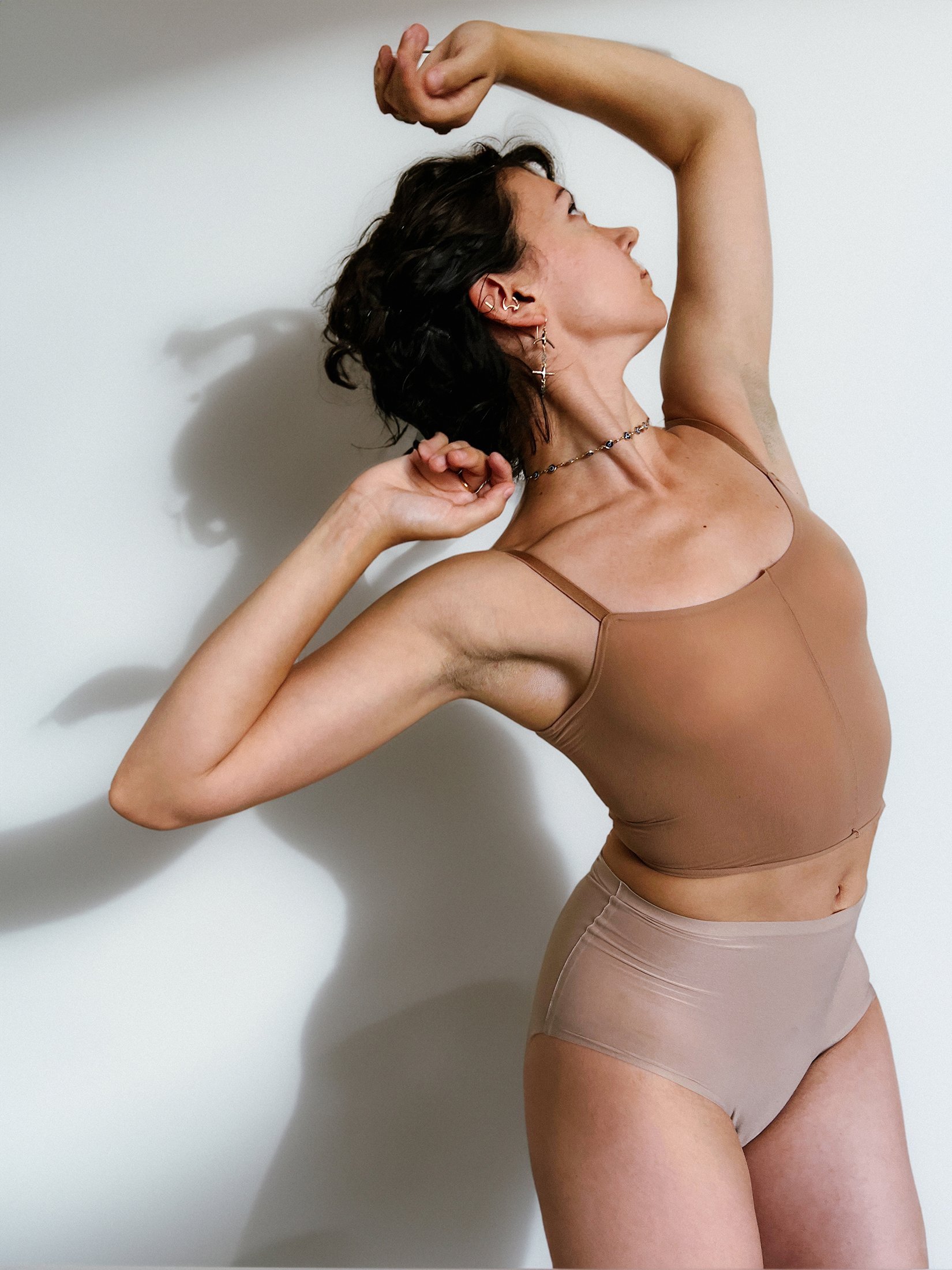A photographer friend of mine, Pat Berrett, and I got together with dancer Adeline Wylie for an outdoor photoshoot in the early morning.
Pat knew of some cool locations in the area and introduced Adeline and myself to this amazing white rock structure, as well as a lovely trail that had a large view of a valley.
Below are my favorite shots from the shoot, as well as a short interview with Adeline.
What’re 2 favorite ballets of yours? (And why are they your favorites?)
As far as classical ballet goes, I love Romeo and Juliet. Juliet has always been one of my dream roles, and the music is so so great. John Neumeier’s A Midsummer Night’s Dream is also super fun and whimsical. My favorite stuff to dance and watch is new mixed rep stuff. My mom would take me to see the Houston Ballet mixed repertory shows with cutting edge contemporary ballet, which really sparked my motivation to become a professional dancer.
What’s your favorite soda flavor?
Root beer and cream soda. Specifically root beer made by breweries or craft soda companies.
What is the role of art in society?
Art is a form of expression and entertainment, but it can also persuade change, foster connection, communication, and education.
I love the way art can produce feelings and different perspectives even if the audience speaks a different language or comes from a different culture.
Also love this quote lately about art: "Art should comfort the disturbed and disturb the comfortable."
Have you ever boogie boarded backwards?
lol No
What are some of your hobbies/passions outside of dance?
Connecting with nature and people, eating good food, reading fantasy, rock climbing, and making art.
How has your relationship with dance changed through the years?
My love for dance hasn’t changed, but my time focused on it has. Dance used to take up so much of my mental space and energy. It’s still a huge part of my life, but no longer my main measurement of success. Being a dance school director has also opened my eyes to how students should be treated with more encouragement and support. You don’t have to beat someone down to achieve successful.
If you had to eat cold pizza, what would your topping preference be?
Black olives, fresh basil, bell peppers, and ranch.
If you could give your younger self advice, what would it be?
Instead of comparing yourself to dancers around you, absorb and learn from them. I was so hard on myself.
If you could replace any one of the three flavors in Neapolitan ice cream, what would the new flavor be?
Let’s swap the normal chocolate for Ben and Jerries brownie core.
Where do you see the art of ballet going?
It’s hard to say, but I can think of where I would like it to go. Hopefully more diverse in terms of everything. I think we can diversify and expand while still preserving classics.
You can follow Adeline on Instagram at @Addy.Wylie
Till next time,
-Oliver Endahl













































































